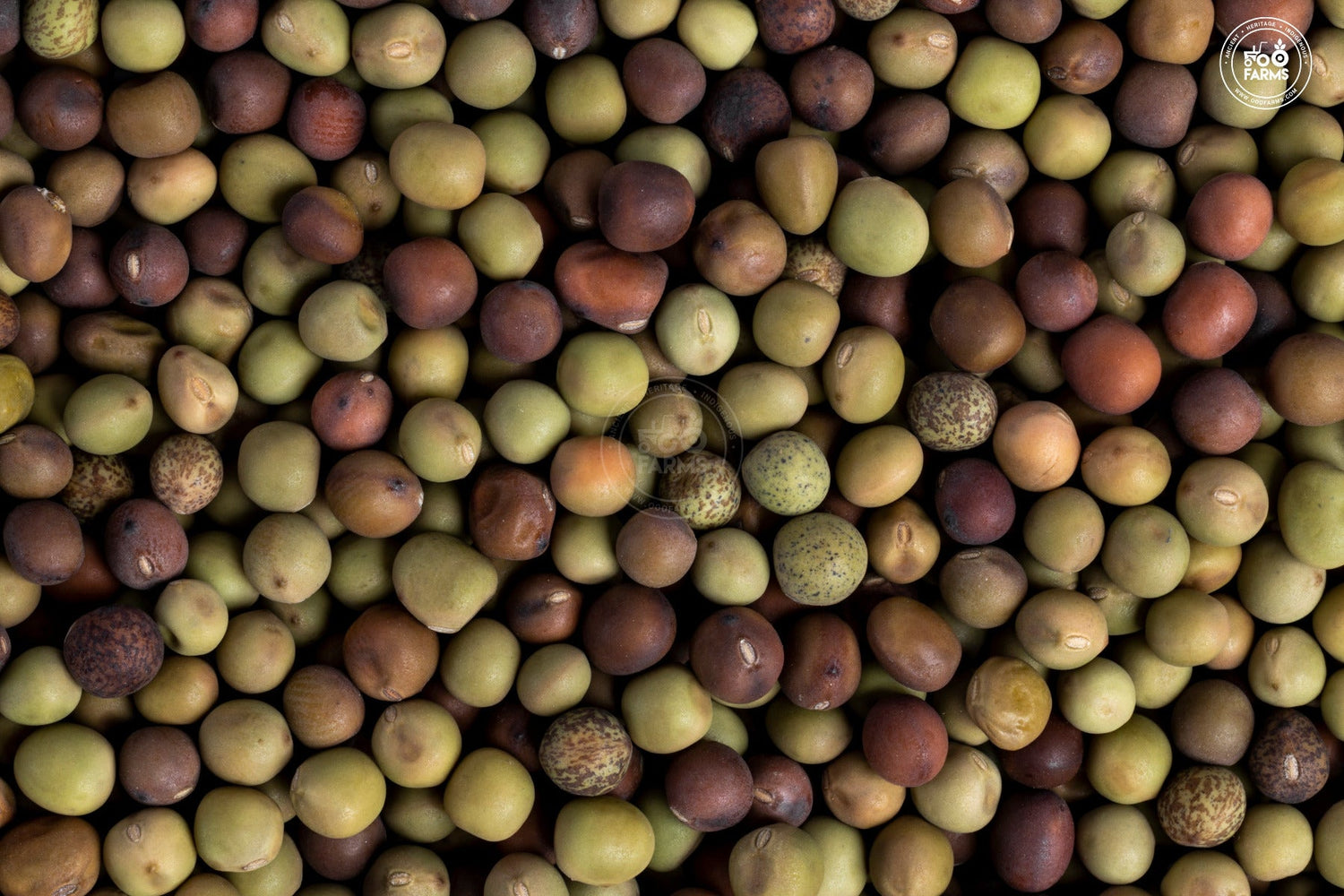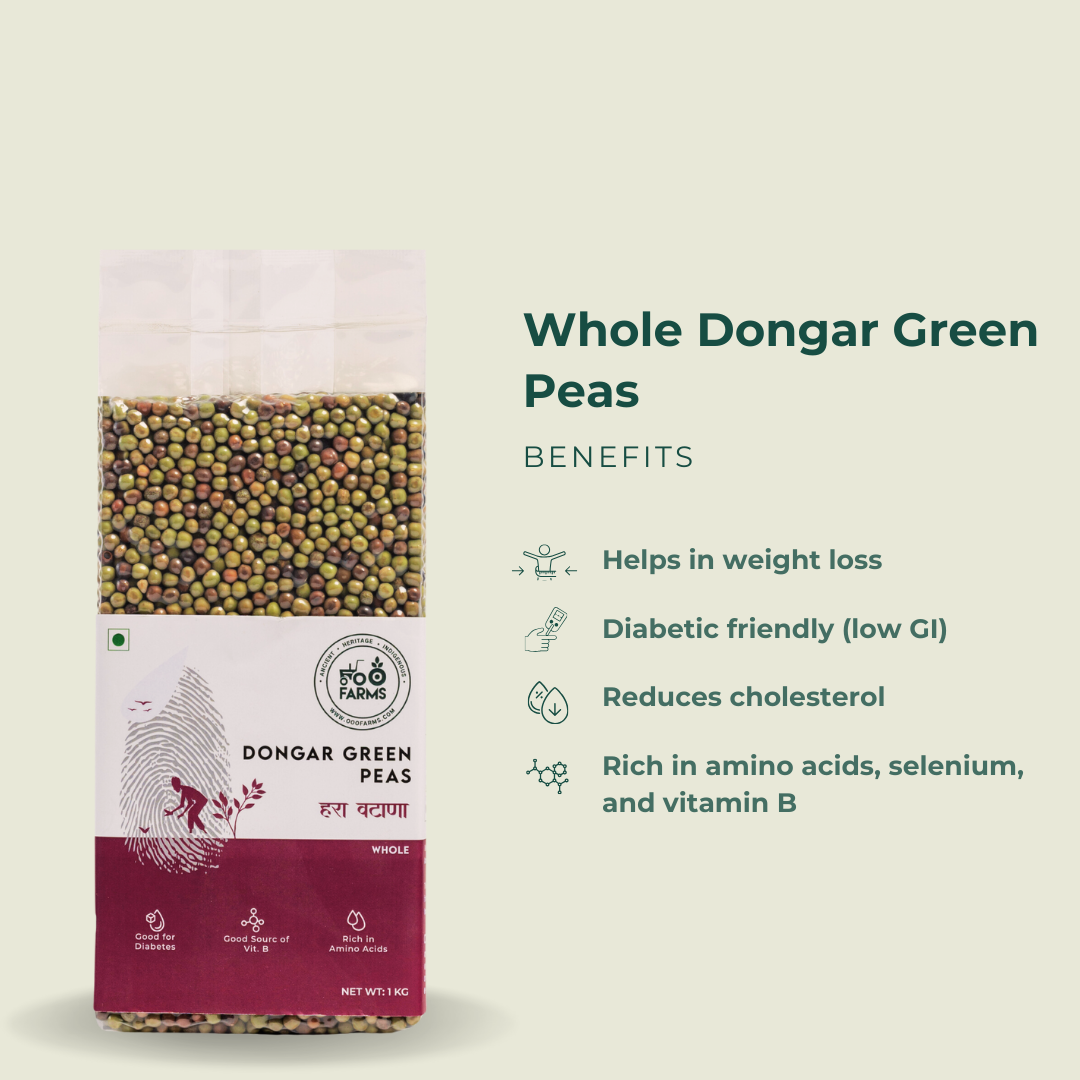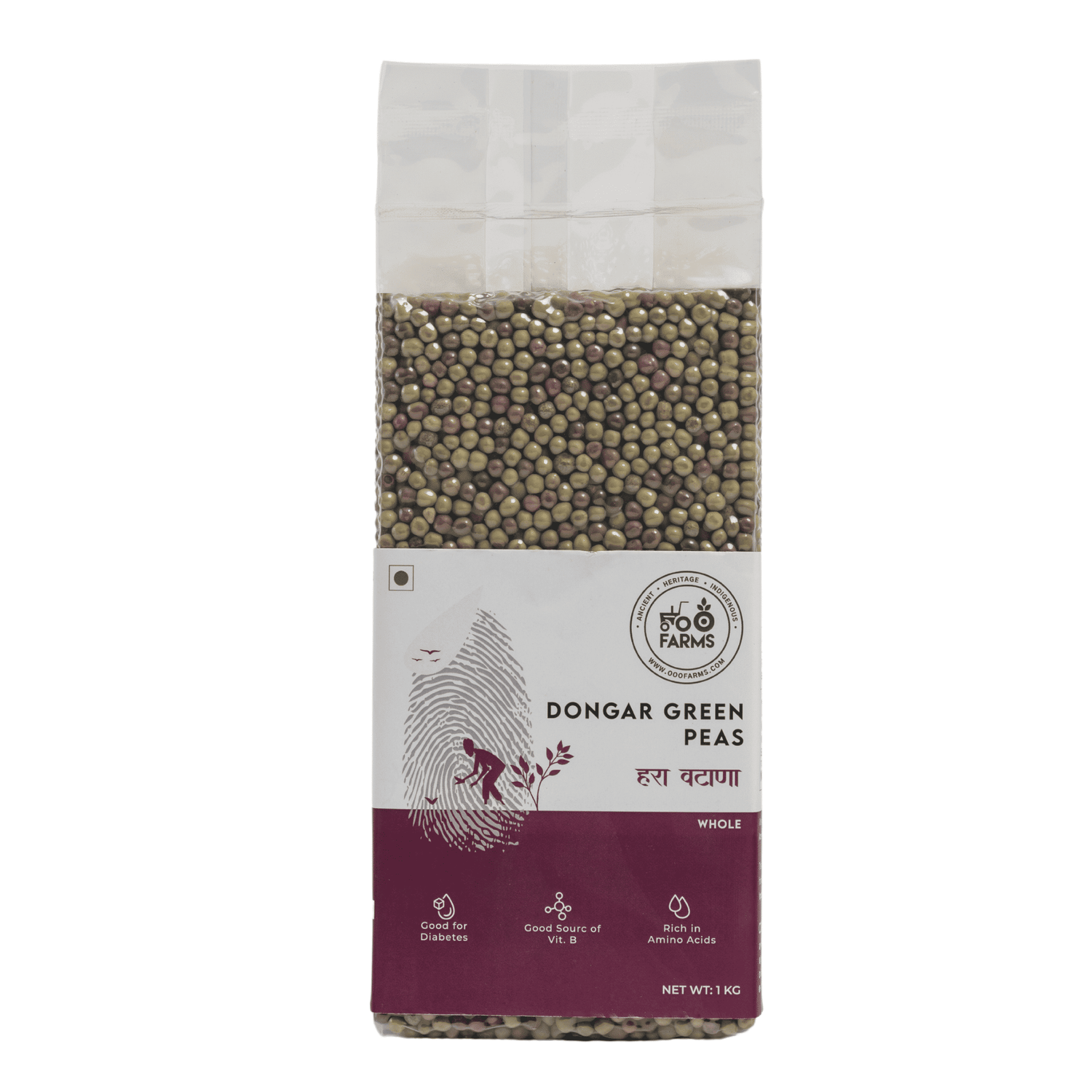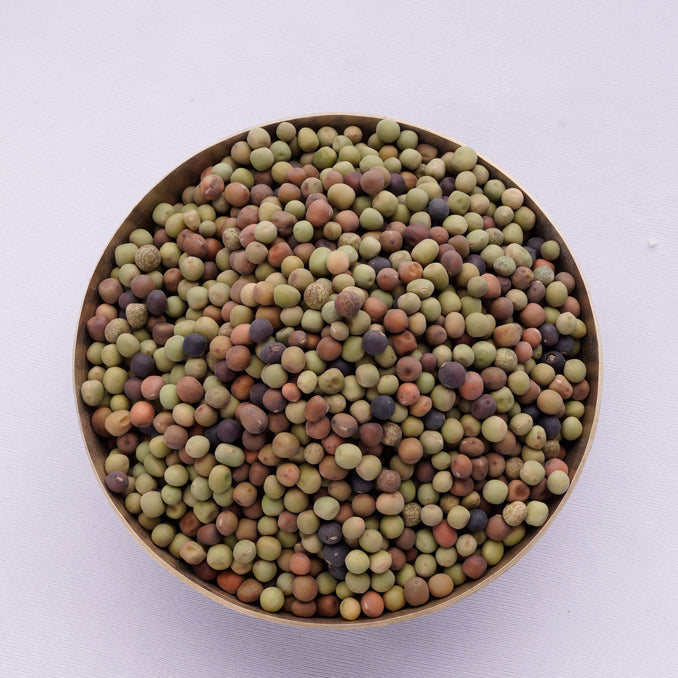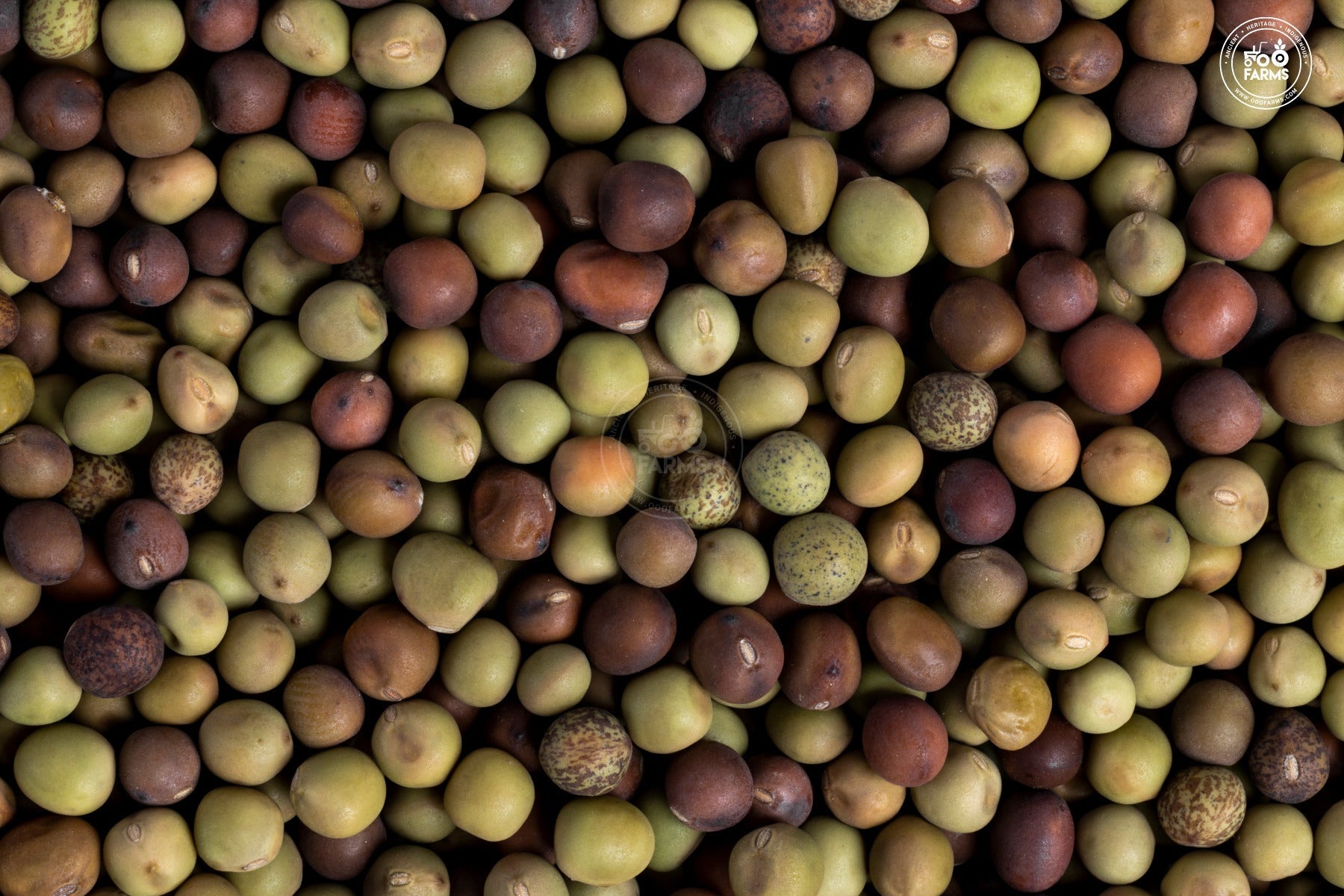
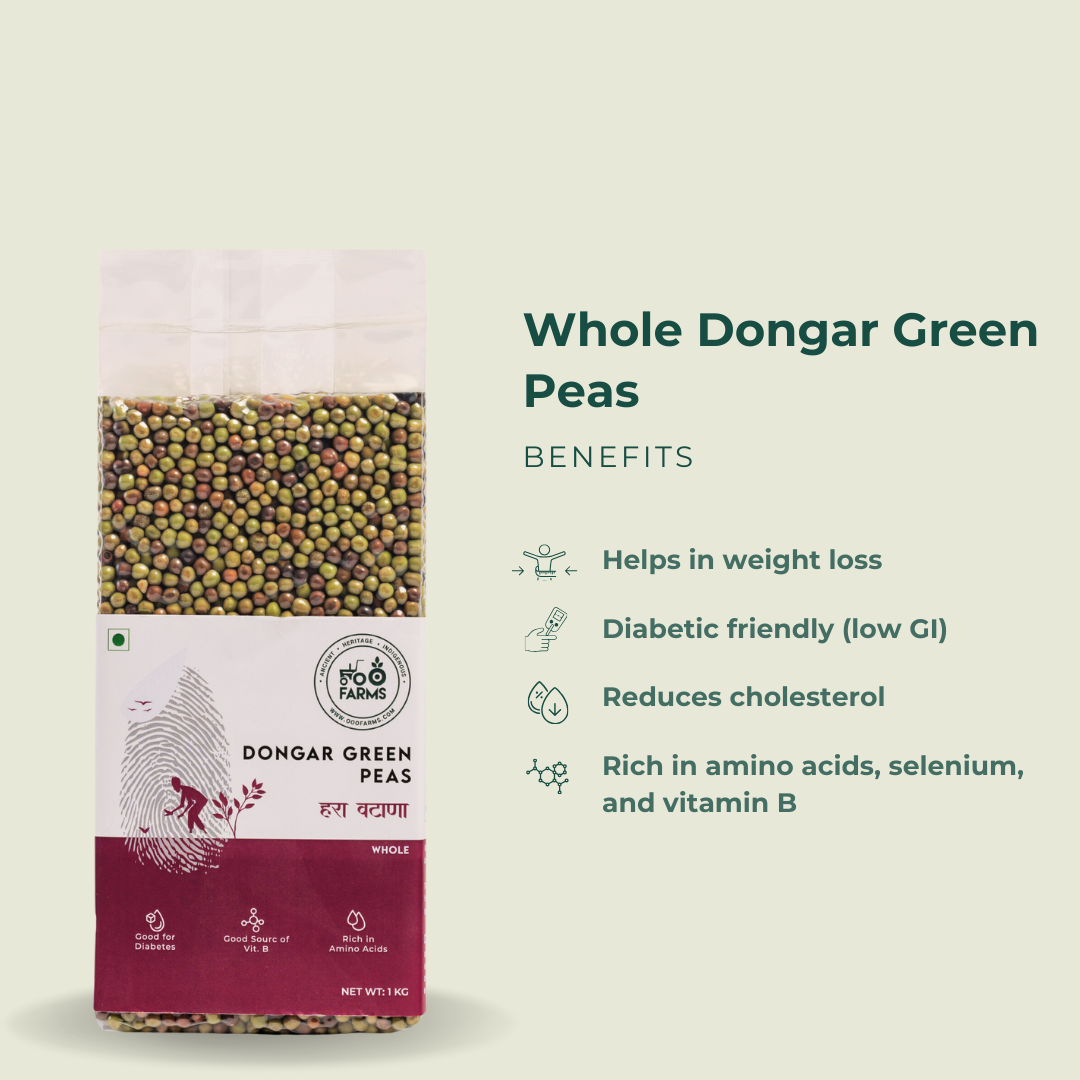
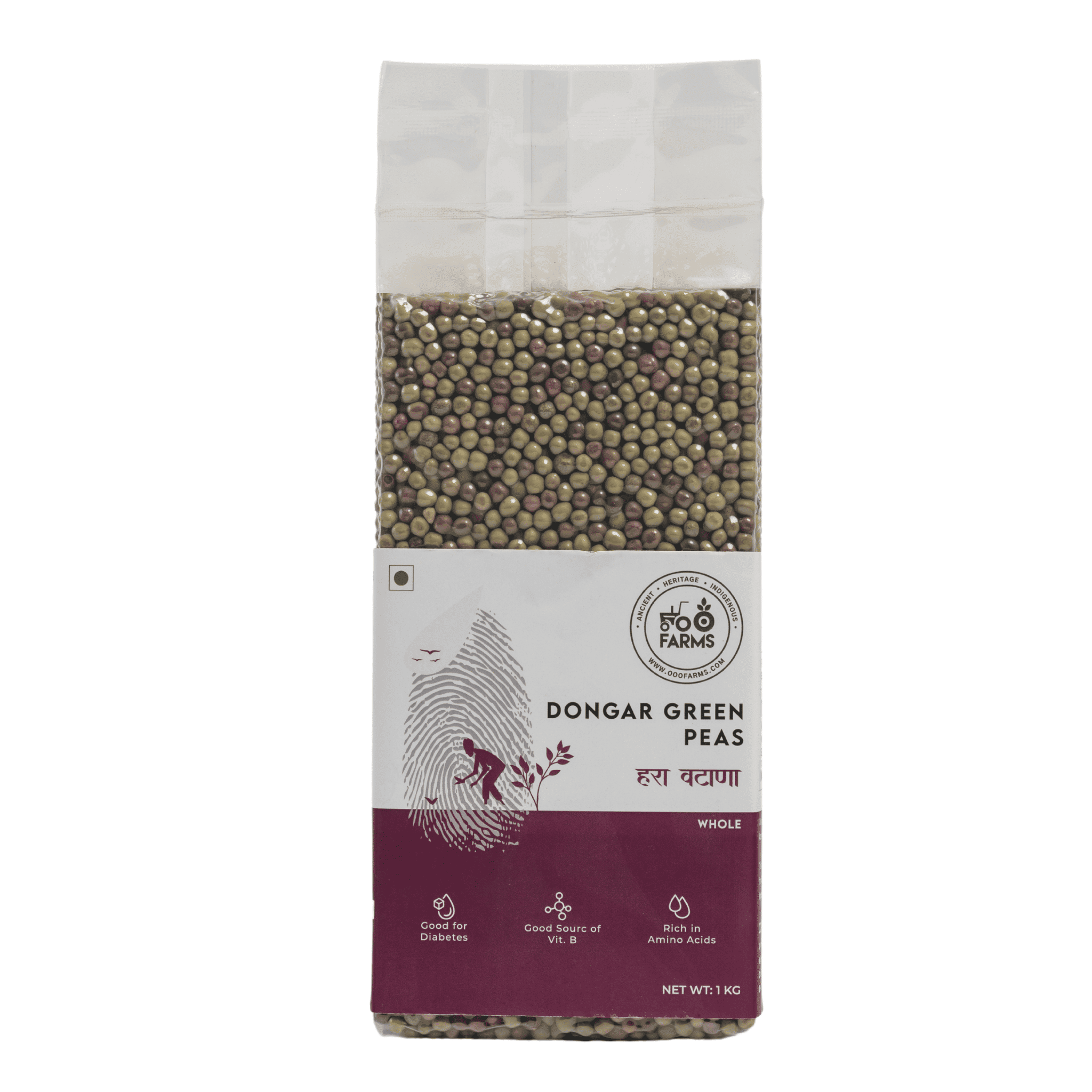
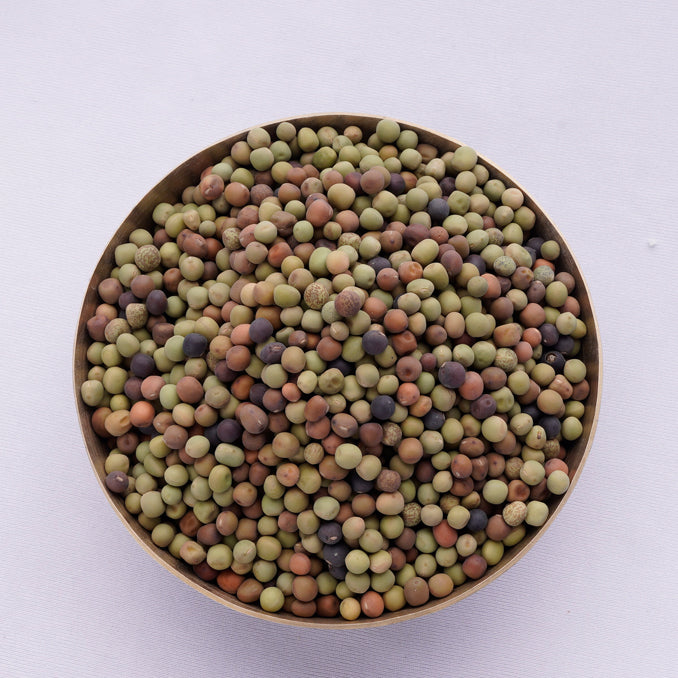
Additional Product Details
Description
Peas originated in the Mediterranean Basin and the Near East.
Peas are a valuable source of protein. Starch and fibre are a major component of peas. The properties of both their starch and fibre constituents make peas a low-glycemic index food, and hence beneficial in the prevention and management of type 2 diabetes.
Health Benefits
Cooking Instructions
Recommended Usage
Commonly Known As
History


